The Last Wakhi Shepherdesses
Nestled in the mountains of Karakorum in Northern Pakistan, the Wakhi minority who resides here is proud of a unique women-led tradition.
by Camille Delbos
The Last Wakhi Shepherdesses
by Camille DelbosNestled in the mountains of Karakorum in Northern Pakistan, the Wakhi minority who resides here is proud of a unique women-led tradition.
Each year in springtime le village changes to the rhythm of “kuch”, i.e. the transhumance, up to the mountain pastures. At the feet of +6000 meter high mountains stands the Pamir plateau, the high altitude meadow of Shimshal where lakes sparkle on the Central Asian watershed.
“I sat a long time on the crest of he pass, caught up in the magic of the view. Below the pass on the other side was a great blue lake, a square mile or more in area. Beside this was an extensive plain known as Maidan Abdullah Khan.”
ABOVE: Abdullah Maidan prairie, the pamir plateau of Shimshal in the Karakorum Range
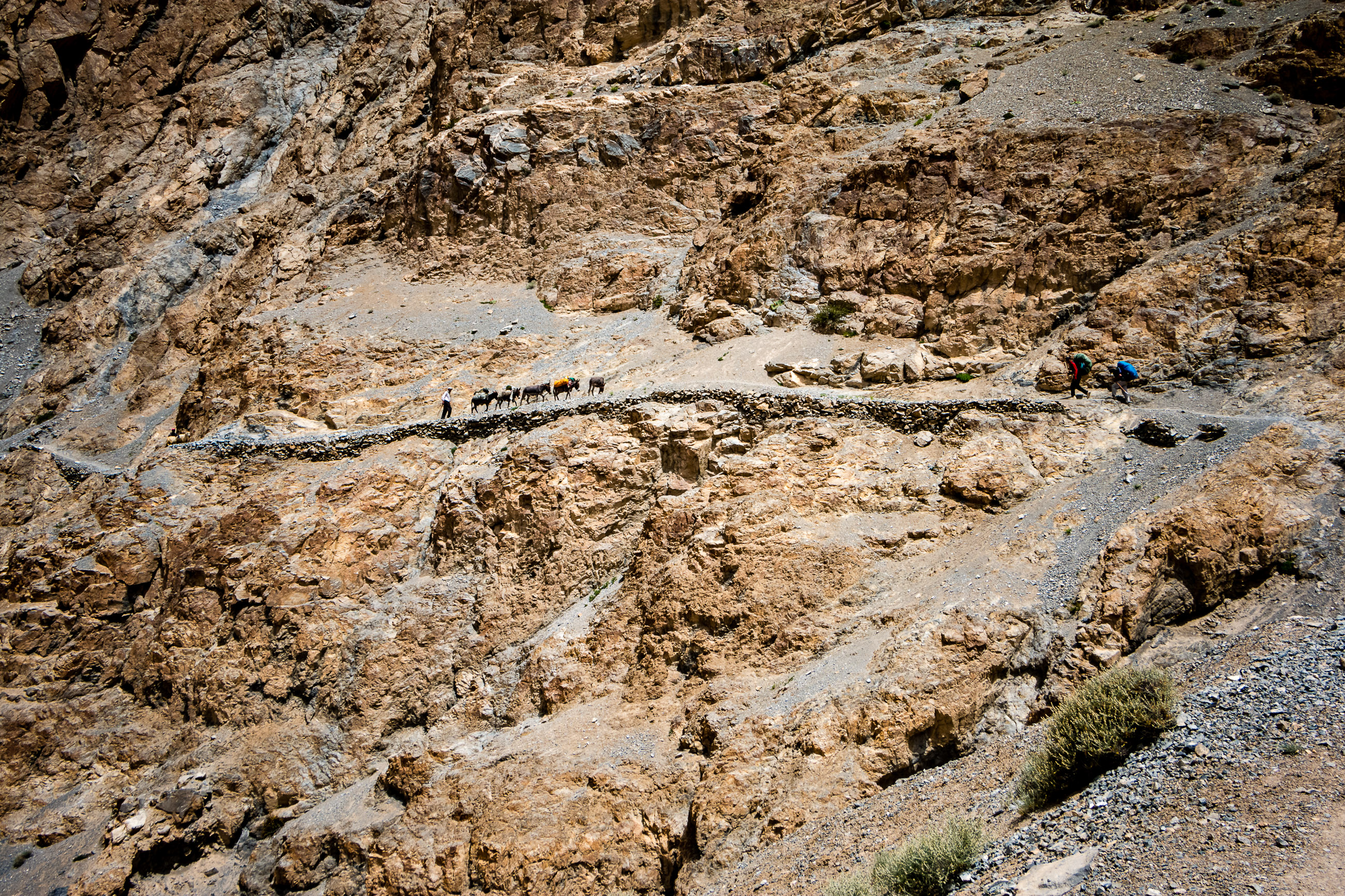
ABOVE: Two villagers going up come across a shepherd and his donkeys, back from food supplying the summer village.
In springtime, a handful of women lead several thousand yaks, sheep and goats and settle an ephemeral hamlet over 4600 meters high.
Five miles away with the most basic comfort, isolated from a three-day walk from the nearest village.
“The community of Shimshal is remarkable for its isolation and independence of support from the outside world. From any direction their country is difficult to access.”
ABOVE: A strenuous path cut into cliffs connects Shimshal village to the Pamir plateau

ABOVE: Over one thousand sheep, goats and yaks are coming back to the summer village after a day in the pasture
In a setting that feels like the end of the world, the days flow monotonously by, punctuated by leading the cattle, milking and the tedious making of traditional cheese and yak’s butter.
“They grow barley, wheat, and peas, the flour of which, with cheese, butter and curd is their staple food.”
ABOVE:Inayat is about to boil this milk for the next 12 hours. She uses dried yaks cowpats as there is no wood at the altitude.
This territory of women is the definition of harshness. In inclement weather conditions, subject to the whims of the sun, wind and snow, shepherdesses take care of over one thousand cattle; sheep, goats and yaks. From all ages, alone or with their young kids, women relentlessly work in this inhospitable environment.
“The children worked until long after nightfall, settling the disputes and attending the bleating complaints of the sheep.”

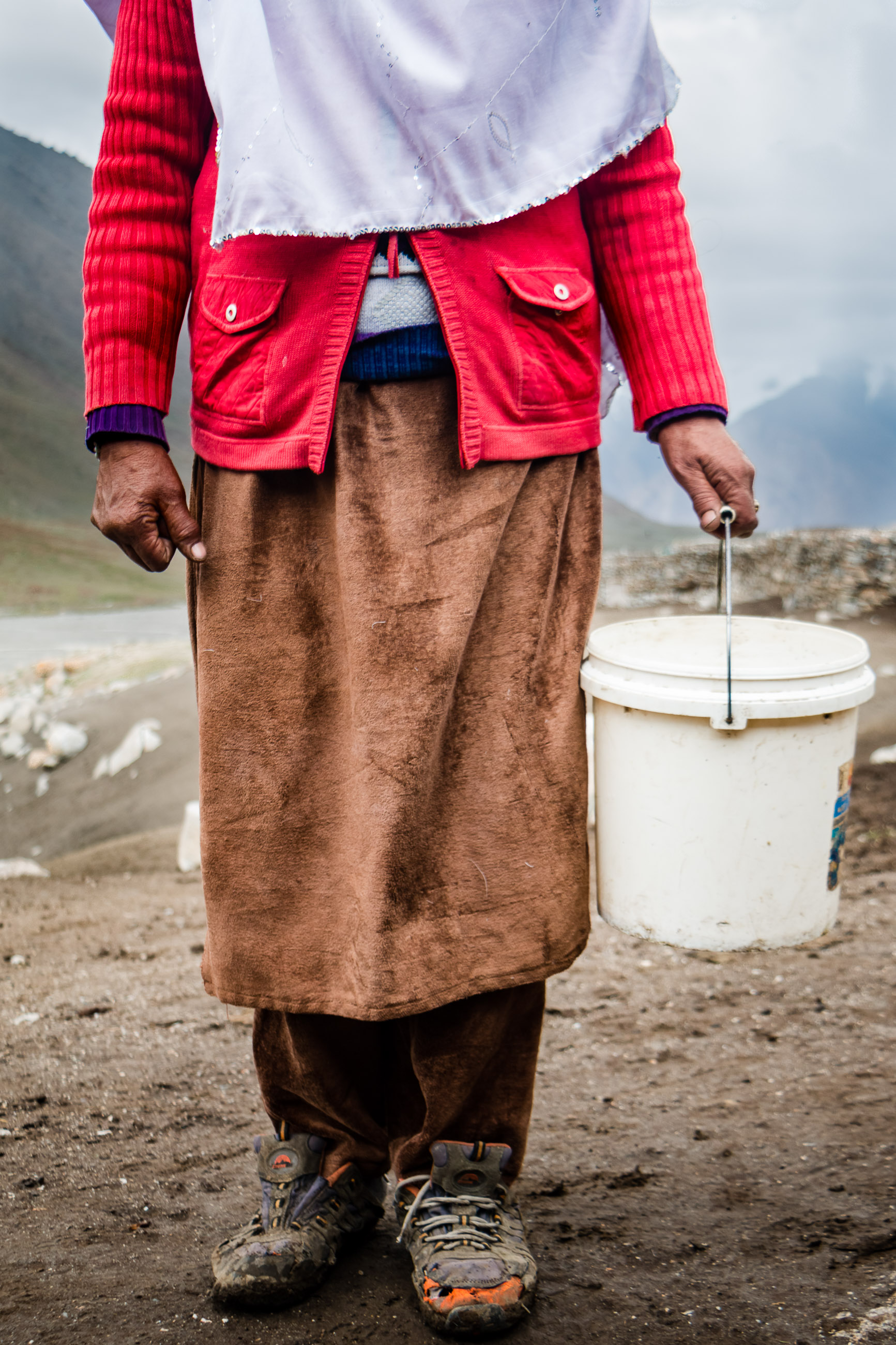
ABOVE: (Up-Left) A Wakhi shepherdess with her kid in her hut | (Up-Right) Milking clothing — The modern world seems not that far, but still not very accessible
ABOVE: A shepherdess milks her cattle
Here, almost not distraction. Paying visits to other shepherdesses, chatting and the once in the season, Woolio, which is a faith-based festival that celebrates yaks, the emblematic animals of Pamir.
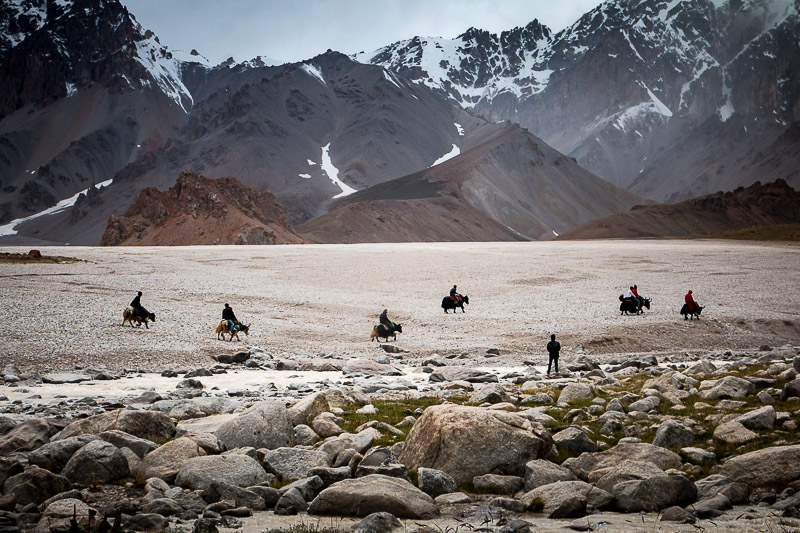
ABOVE: Yak riders are running back to the summer village during Woolio.
For Woolio, a local meal called “chamurk” is prepared out of shreds of slim wheat bread mixed with yak butter. The custom is to drink rock-salted milk tea to warm oneself up. Recently, refined sugar tends to replace it.
“They have no tea, sugar or tobacco, and they do not grow many vegetable. They weave all that necessary to clothes themselves.”
ABOVE: Chamurk, a local meal, and rock-salted milk tea eaten for Woolio
A few villagers come specifically to gather during Woolio and even a threatening weather won’t stop men and women from singing and dancing.
Among forty shepherd’s huts, in summer 2016 only seventeen were occupied. The gradual desertion results from the development of education, the aging of the shepherdesses and few replacements.
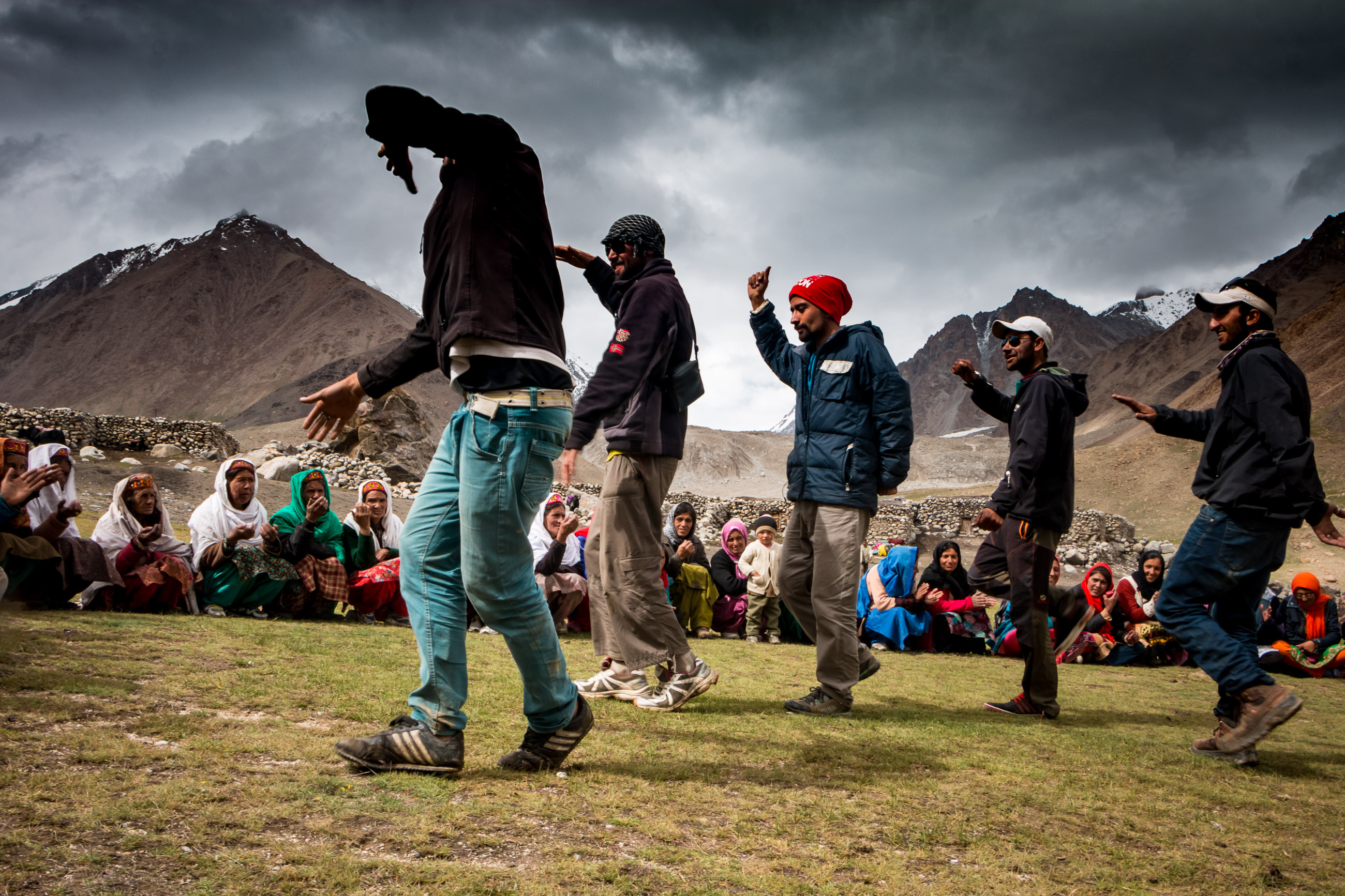
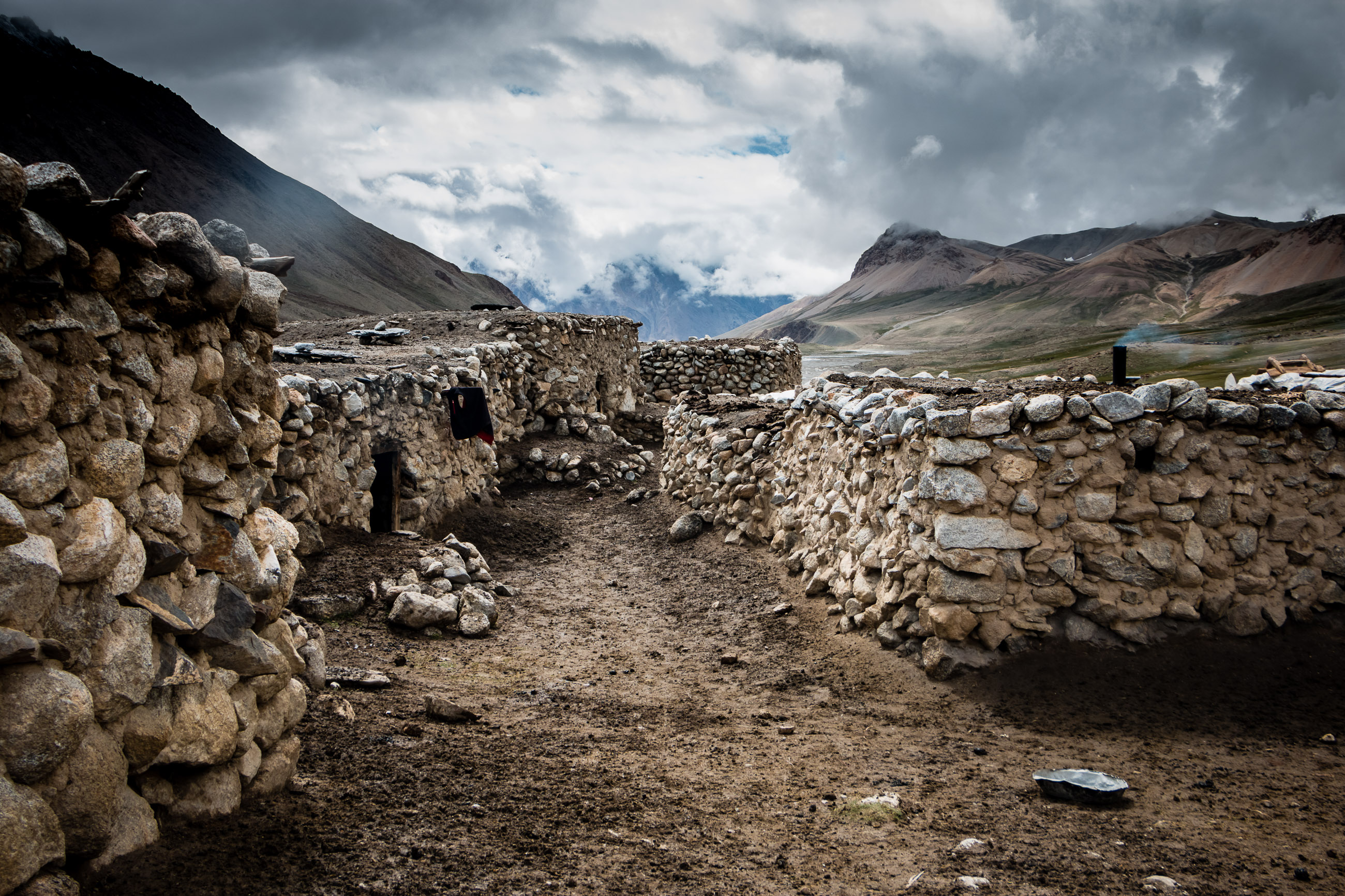
ABOVE: (Left) Villagers singing and dancing during Woolio | (Right) The desertion of the summer village
Shepherdesses, aged between 20 to 65 years old, don’t seem to think about whether or not they will be here next season. Inayat Bakht, 21 years old shares her doubts: “If I get married by then, I’m not sure to return. Many men live outside of the valley now. “
Nar Begum, 65, sighs and looks away…
Some of my friends don’t have a good health enough to come, others are just gone forever. As for me, God knows!
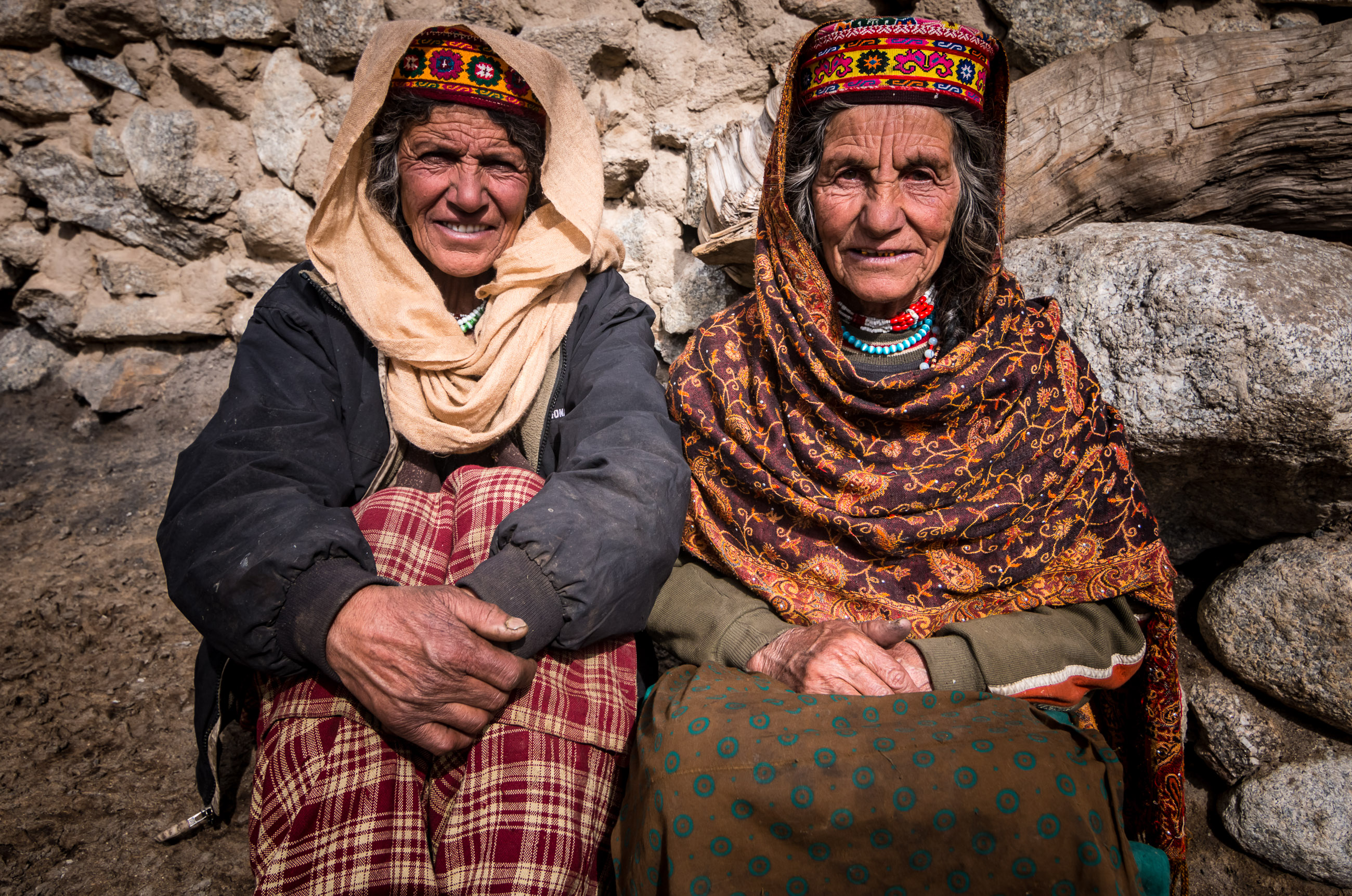
ABOVE: Pok Doman (left) and Nar Begum (right) are among the oldest shepherdesses.
Whatever the weather conditions, every day sheep and goats are milked in the same pen. Shepherdesses have to process quickly before the darkness and cold arrives.
“The huge pens were filled to overflowing with sheeps and goats. We watched some infants supervising with extraordinary skills the herding of the enormous flocks.”
ABOVE:Milking time — Shepherdesses are looking for their cattle
The sun-dried cheese, the qurut, represents the local way to put the abundant milk to good use. It offers an additional source of income, along with the sale of livestock.
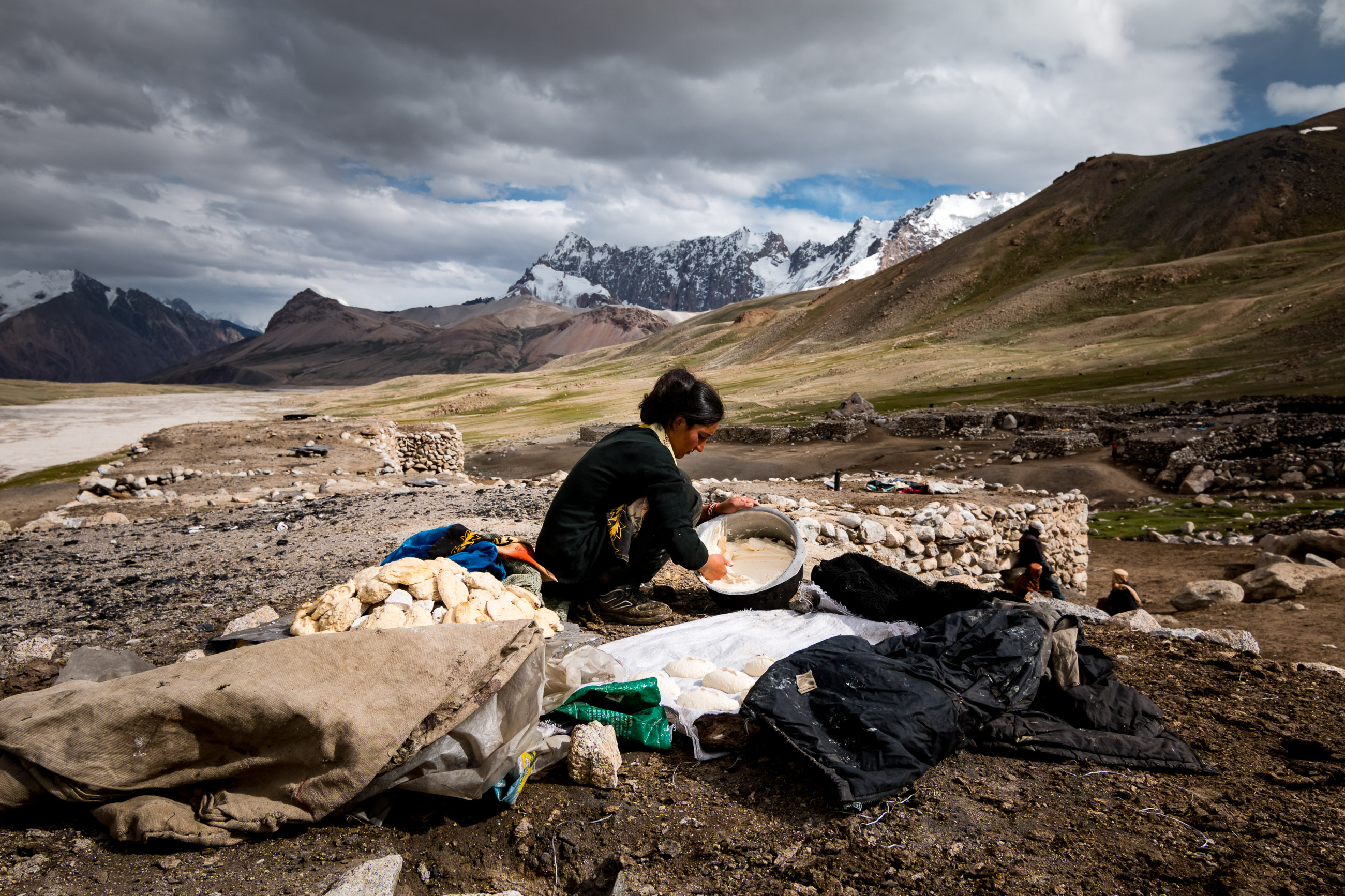
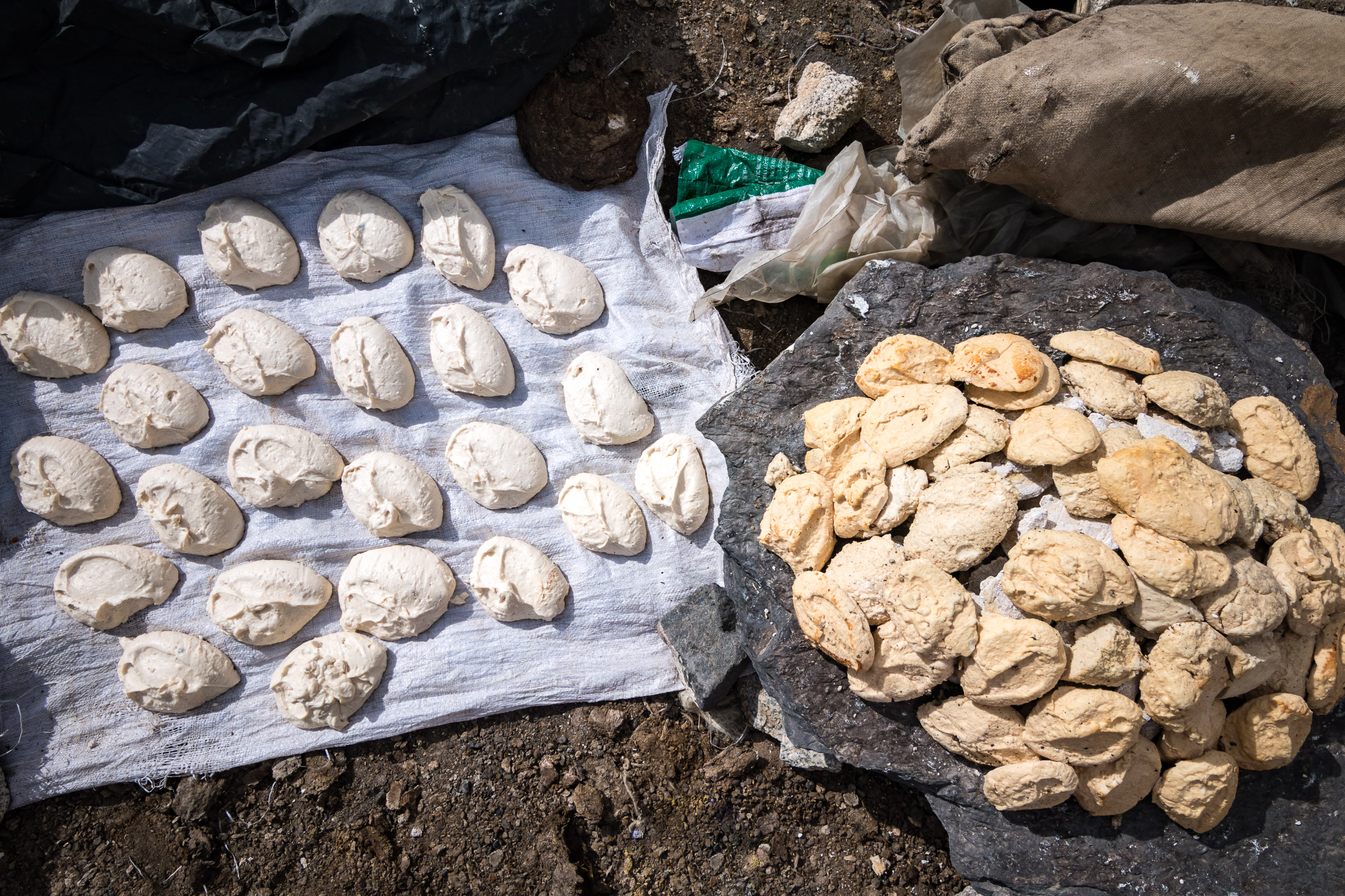
ABOVE: (Left) Inayat dries a thick paste made out of boiled milk on the flat roof of her hut | (Right) Fresh qurut and sun-dried qurut
The Shimshal valley was connected to the Karakorum Highway (road link between China and Pakistan) by a vehicle track in the early 2000s after some 18 years of construction, facilitating access to major cities and higher education. The desire of Wakhis for education led young people — girls and boys — to leave for cities, initially for studies and then employment.
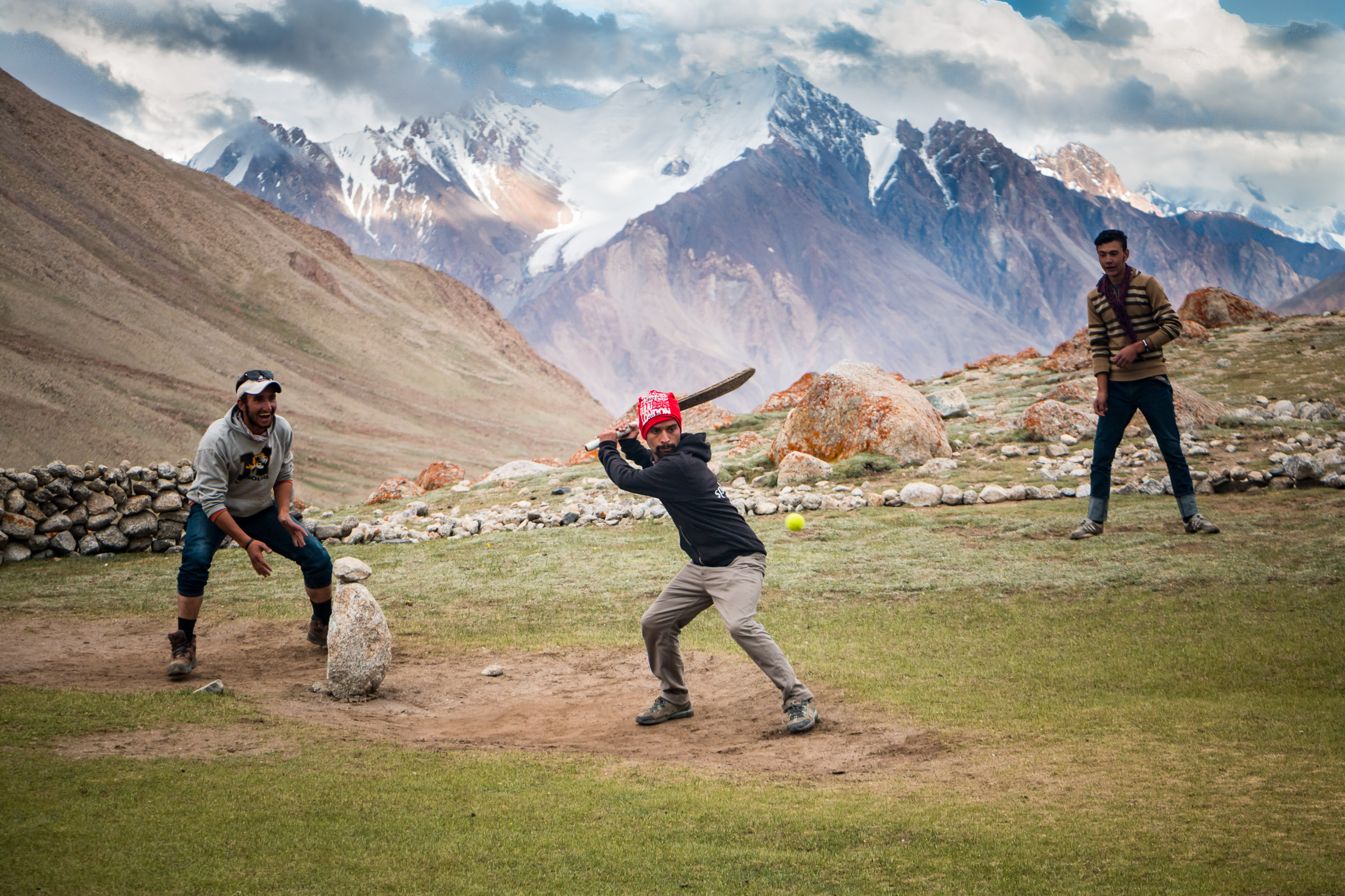
ABOVE: Before leaving, young men paying a visit during Woolio play cricket on a 4500m high improvised ground.
The austerity of the transhumance is little incentive itself. The younger generation tends to prefer the comfort of classrooms and social recognition of a future office life. But most of all, through education they yearn to bring positive change in their communities.
ABOVE: Shepherdesses, aged between 20 to 65 years old, and a few men sit outside the Jamaat Khana, the place of gathering and prayer.
Faced with these changes, the end of this singular feminine pastoralism seems inevitable. The shepherdesses of Pamir are conscious of living the last years of a beautifully harsh tradition, conscious of being the custodians of an ancestral knowledge. For the best and the worst.
Owing to the high altitude, landlocked valleys and harsh winters, the climate change and globalisation are not without effect on these populations. However until now, the preserved landscape and its aesthetics speak for themselves.
ABOVE: View from a 5300m high pass in the Karakorum Mountains
The Wakhi are an ethnic group of ±25k people present around the Wakhan Corridor in Northeastern Afghanistan, Chitral and Gojal District in Northern Pakistan, the Wakhan valley in Southeastern Tajikistan and the Xinjiang in Northwest China.
Tireless traveler, Eric Shipton, visited all the mountains of the world and became a specialist in the Himalayas and Central Asia. We borrowed some extract from his 1937 expedition memoirs in the Karakorum Mountains, “Blank on the Map” to complete what we experienced. At the time, the area has never been surveyed, it was, literally… a blank spot on the map.
Words by Esra Tat • Photos by Camille Delbos
This project is self-funded.
You too become a Reader Contributor!
Make a one-off contribution today.
Want More?
Take part to the next Photo Expedition
Get lost in remote areas, meet authentic cultures and enjoy wonderful landscapes with an experienced guide.
Join Camille in his photo tours.
Plunge into the next Stories
Be informed once a new story is alive or board the next workshop.
Choose only what interest you and receive it in your mailbox.
Keep explore
No Results Found
The page you requested could not be found. Try refining your search, or use the navigation above to locate the post.

